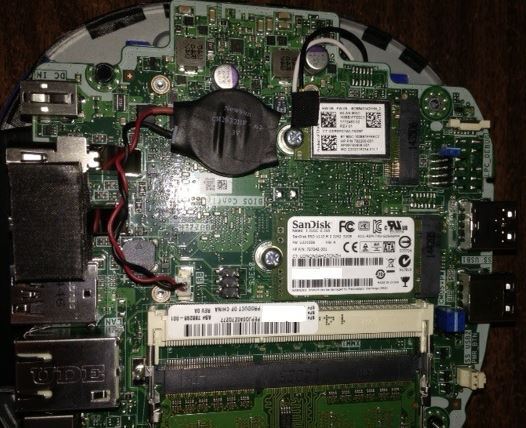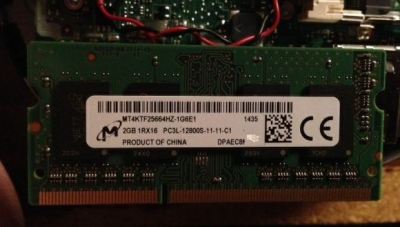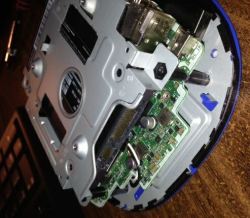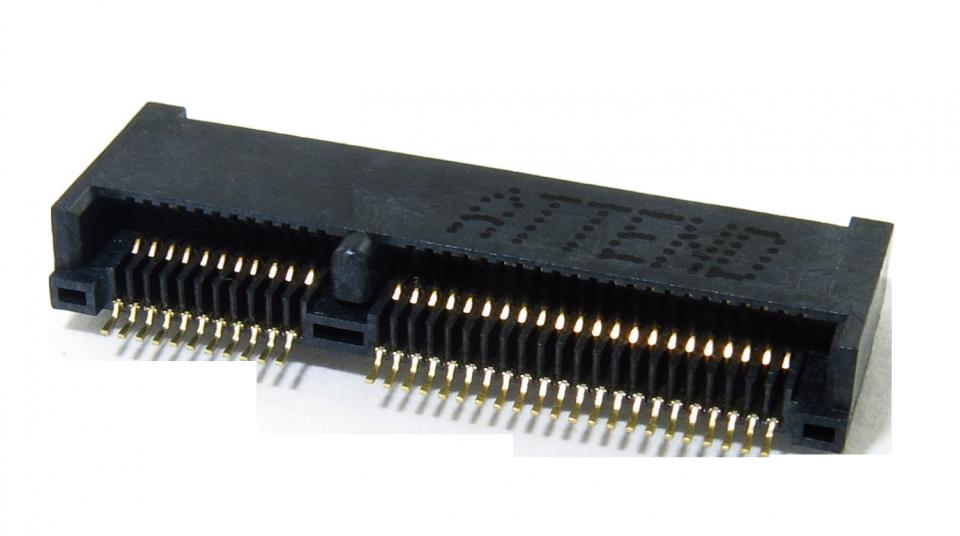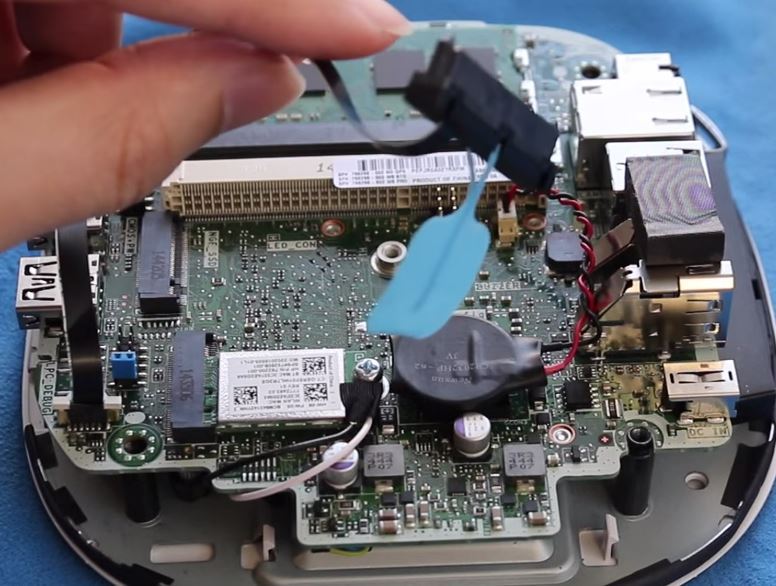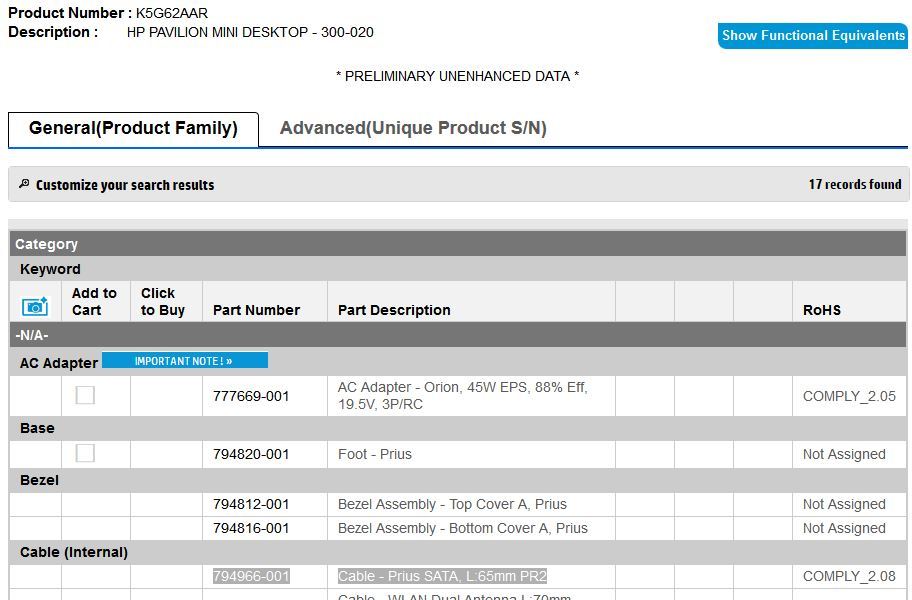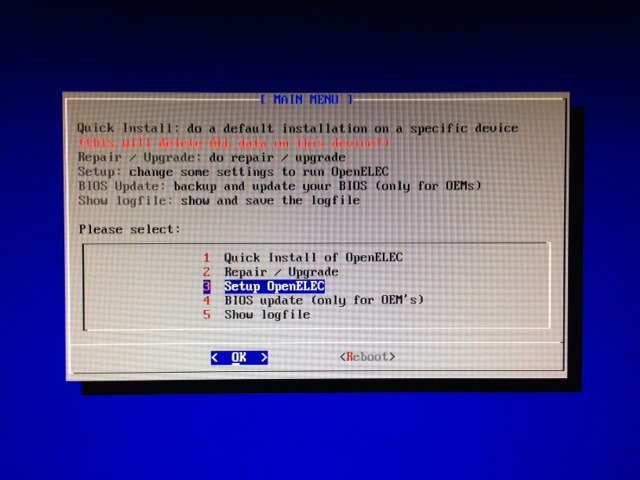- Nov 20, 2009
- 10,046
- 2,573
- 136
Received my order yesterday and finally got around to unpacking it and turning the thing on. God I hate the Metro UI. :biggrin: Fixed that by installing Classic Shell.
Next, I uninstalled all of the bloatware (Dropbox, McAfee, Office 365 and some of the HP s/w), installed FF, removed the pagefile and running first Windows Updates.
The stream mini comes with a god awful wired KBM, which I will replace with an inexpensive (<$40) wireless set. Did I say Classic Shell makes me smile ... especially after the Metro UI incident?
I now need to order an m.2 to SATA adapter (Amazon), larger m.2 SSD (Amazon) and begin installing some better s/w. I'll be testing this with a variety of OS (Windows 7, 10, LM, OpenElec, etc.).
I'm liking the small physical footprint of the unit.
Next, I uninstalled all of the bloatware (Dropbox, McAfee, Office 365 and some of the HP s/w), installed FF, removed the pagefile and running first Windows Updates.
The stream mini comes with a god awful wired KBM, which I will replace with an inexpensive (<$40) wireless set. Did I say Classic Shell makes me smile ... especially after the Metro UI incident?
I now need to order an m.2 to SATA adapter (Amazon), larger m.2 SSD (Amazon) and begin installing some better s/w. I'll be testing this with a variety of OS (Windows 7, 10, LM, OpenElec, etc.).
I'm liking the small physical footprint of the unit.


